Grammodes bifasciata
(Petagna, 1787)
-
 Subfamily: Erebinae, Ophiusini
Subfamily: Erebinae, Ophiusini -
 Wingspan: 37-40 mm
Wingspan: 37-40 mm -
 Flight period: Apr - Sep
Flight period: Apr - Sep -
 Spread: Common
Spread: Common -
 Host plants: Polyphagous
Host plants: Polyphagous
Information
The Grammodes bifasciata is a moth of the Erebidae family, Erebinae subfamily, with a wingspan of 37-40 mm.
Visible in the Mediterranean states of Europe in particular it is visible in Portugal, Spain, France, Austria, Slovenia, Croatia, Hungary,
Bosnia and Herzegovina, Serbia, Montenegro, Macedonia, Albania, Bulgaria and Greece. In Italy it is also present in the islands. *
It is also found in eastern Madagascar, tropical and subtropical Africa, North Africa. The distribution for this continent is as follows:
Algeria, Botswana, Cameroon, Comoros, Congo, DRCongo, Egypt, Ethiopia, Gambia, Ghana, Kenya, La Reunion, Liberia, Madagascar, Malawi, Mauritius, Morocco,
Mozambique, Namibia, Nigeria, Senegal, Seychelles, Sierra Leone, Somalia, South Africa, Swaziland, Tanzania, Tunisia, Uganda, Zimbabwe. **
The front wings of the Grammodes bifasciata are dark brown in color crossed by two parallel white lines in the disc and post disc regions.
The submarginal region, and the radial and costal areas, are walnut in color, framing the dark brown area.
The rear wing is of a washed-out brown color with a much lighter line in the discal area. When at rest the wings give a characteristic triangular shape.
In Italy, adults are visible from May to September in several generations, in southern latitudes they can also be seen in November.
It mainly frequents coastal and lowland areas where the host plant is present, overwinters at the pupa stage.
The caterpillar is easily recognizable, has a cream-colored background color and is completely covered with black or dark gray spots / spots, with the exception of two lateral bands,
near the belly, delimited from above by an orange line, where these spots are more sparse or totally absent.
The dorsal area has three obvious orange lines.
The fourth segment has a dark spot on the sides framed at the top by orange dorsal lines.
This stain is also found on the segments following the fourth, but in a less evident way, at times, completely blurred and not visible.
The larvae are polyphagous and feed on Cistaceae - Cistus (especially Cistus salviifolius),
Poaceae - Oryza sativa (Rice), Polygonaceae - Polygonum sp., Rosaceae - Rubus sp. (bramble), Smilacaceae - Smilax sp ..
* Lepidoptera mundi https://lepidoptera.eu/ - Fauna Europea https://fauna-eu.org/
** African Moths. Help build a photographic moth id database - https://www.africanmoths.com/
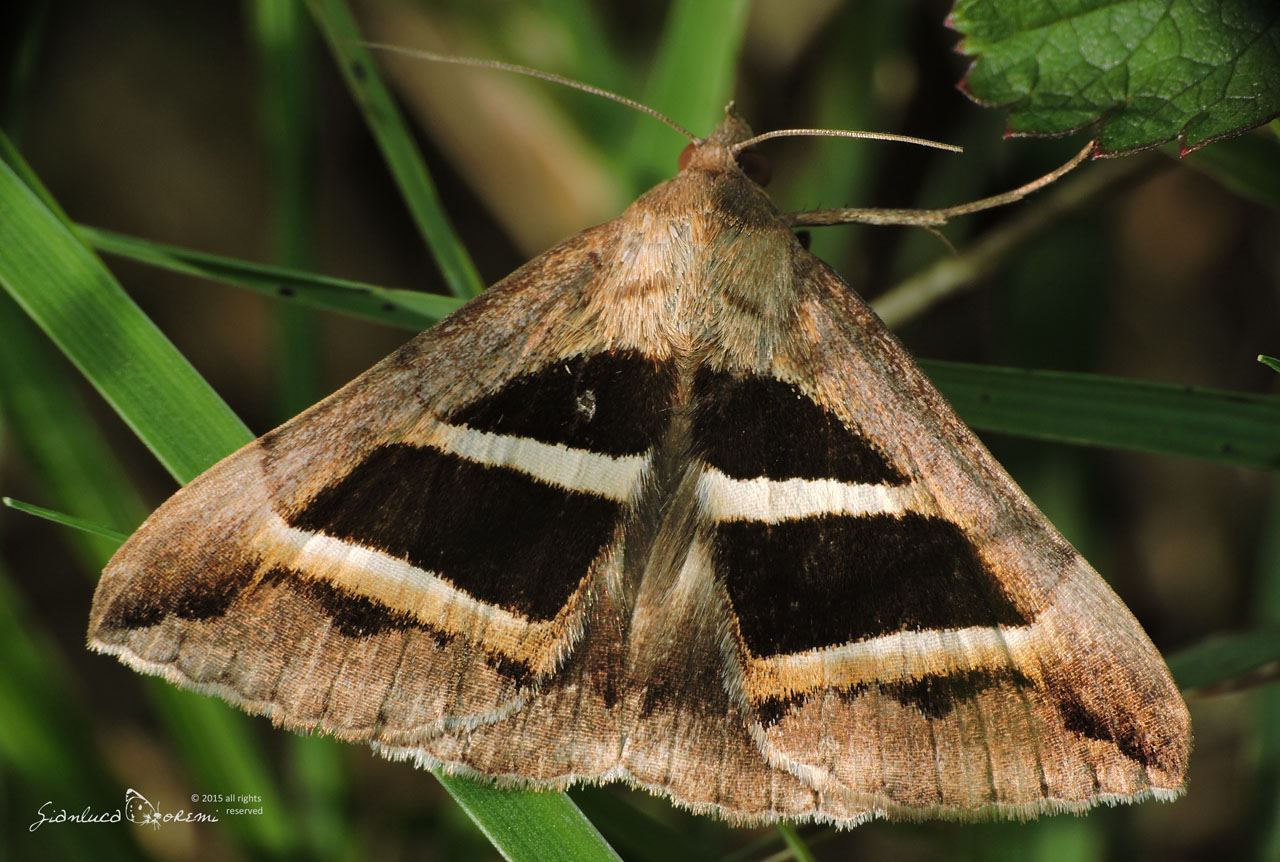
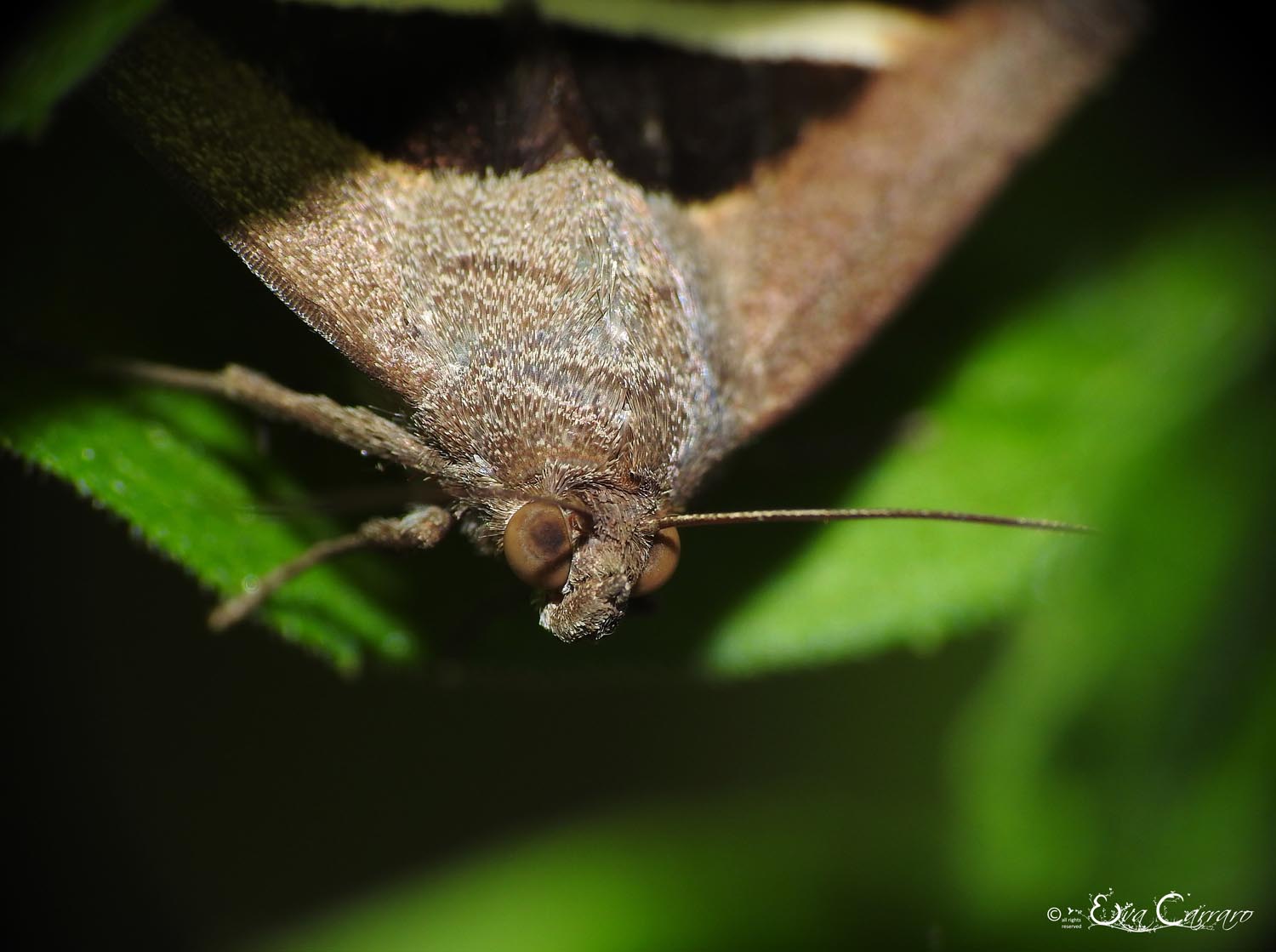

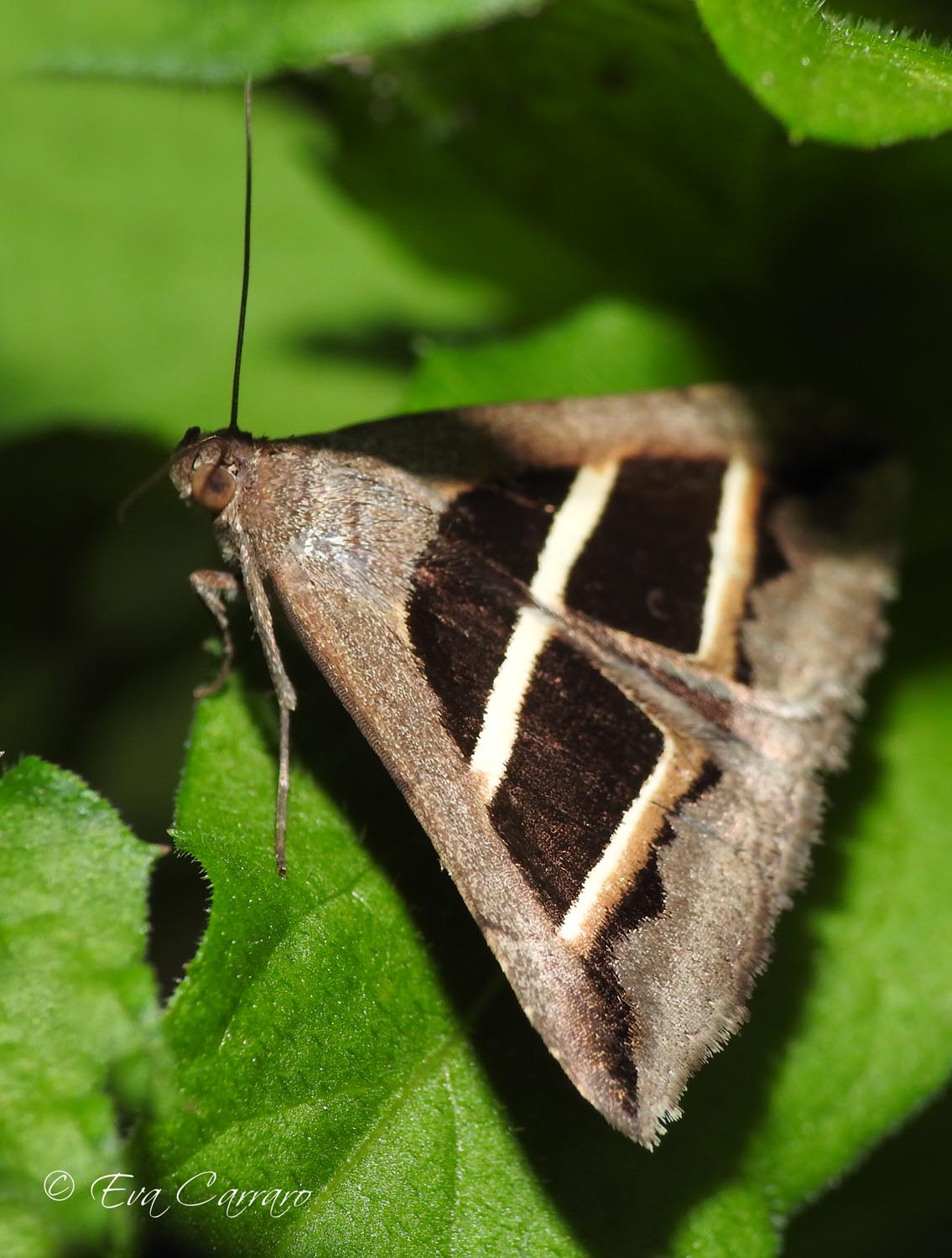




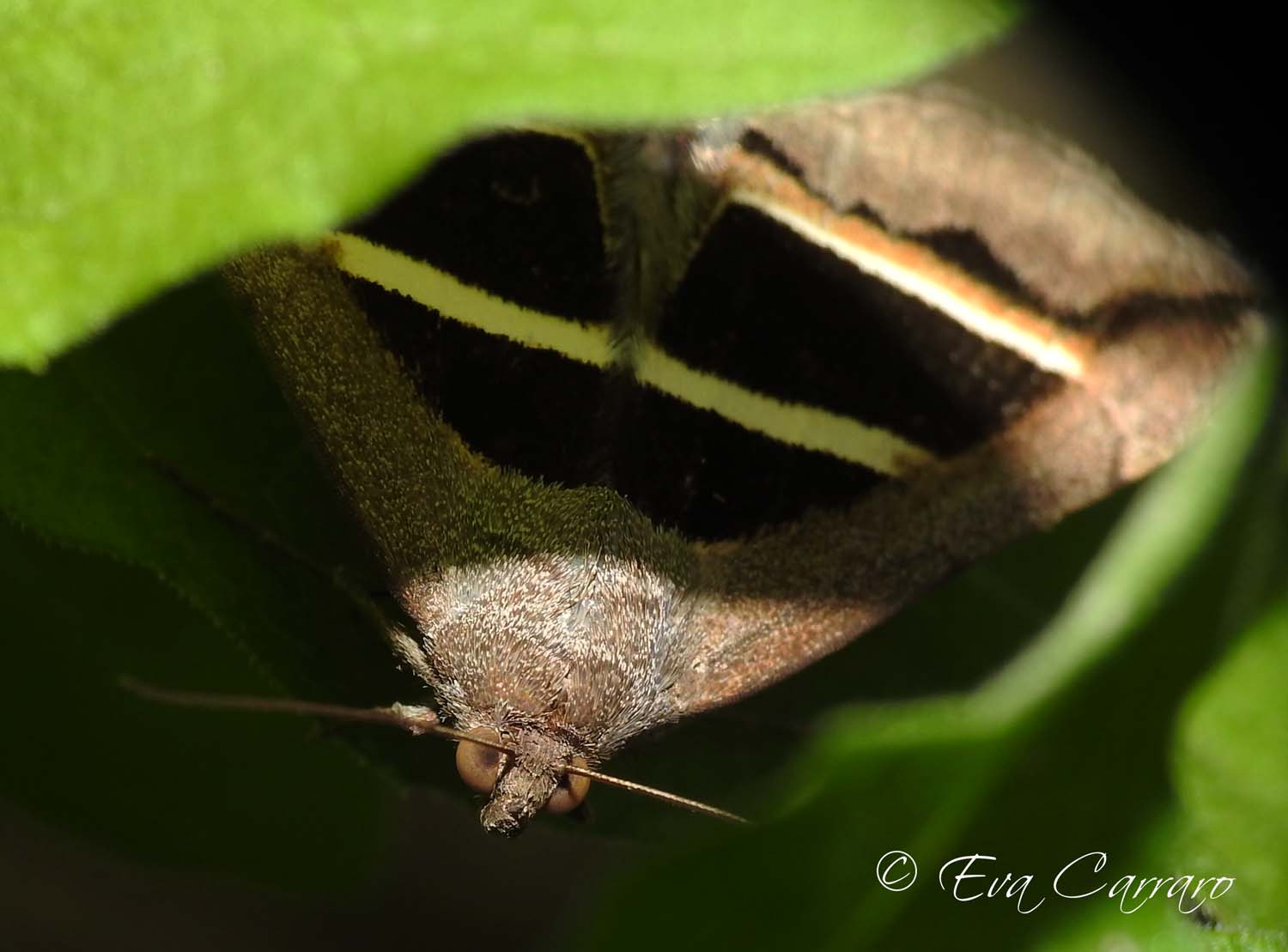
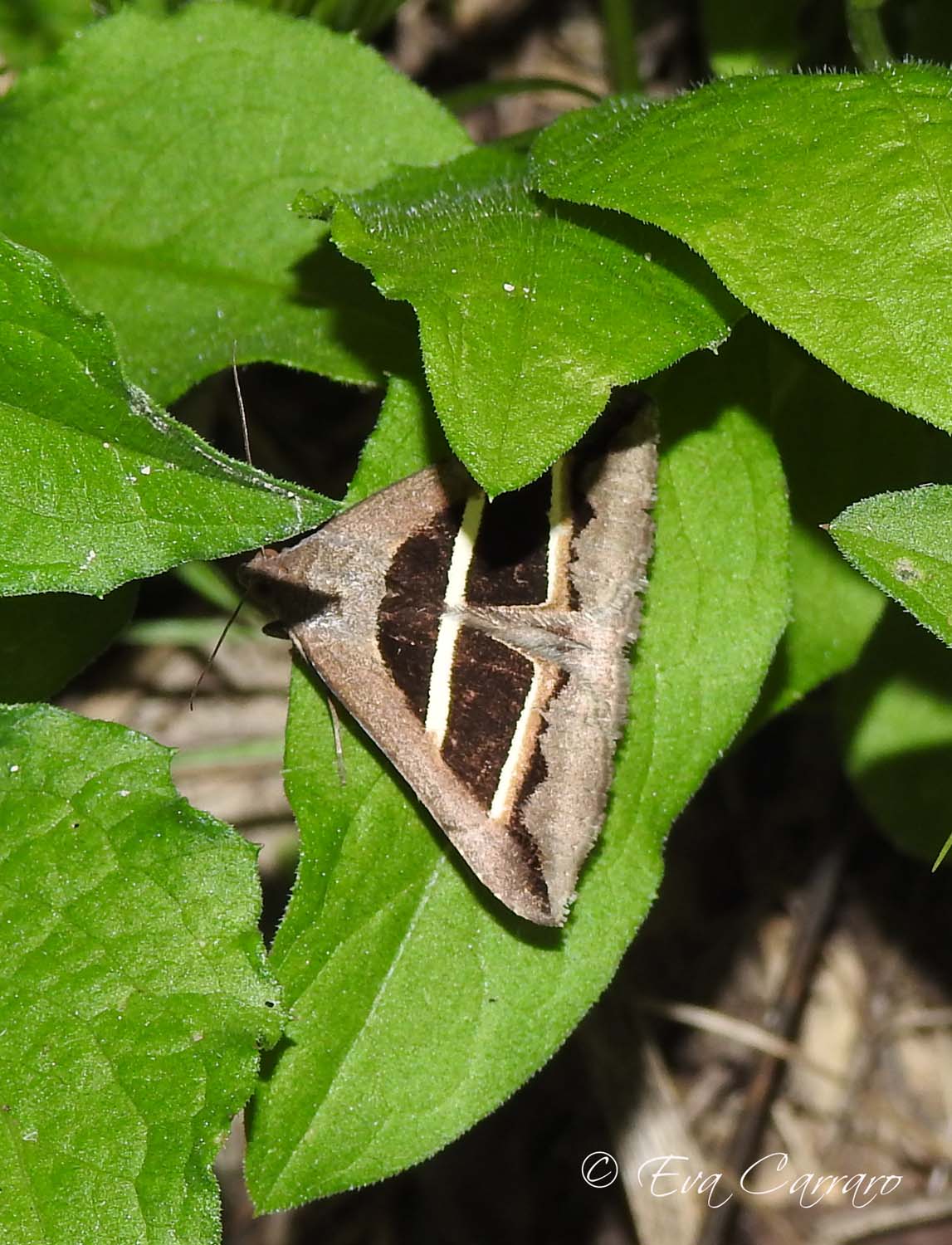


 EN
EN ITA
ITA
Social and publications